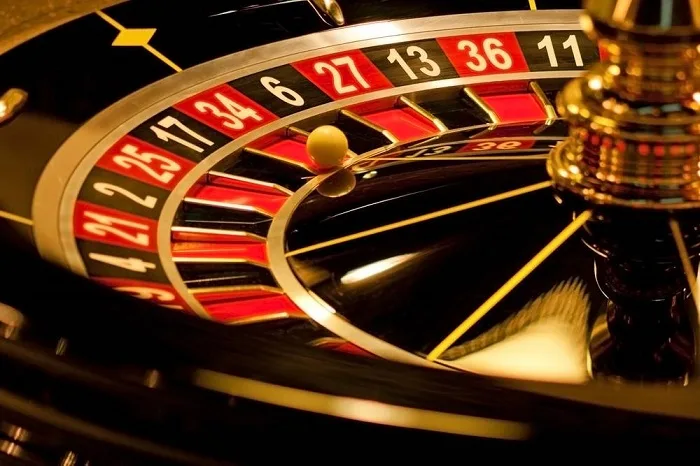Understanding the Martingale Strategy in Roulette Betting

The Martingale betting strategy is based on doubling the bet after every loss, allowing a player to recover all previous losses with a single win. It is one of the oldest betting systems, believed to have originated in 18th century France. Initially, it was a part of a class of betting strategies popular at the time, known as “doubling up”. The strategy was designed for a game where the gambler wins if a coin comes up heads and loses if it comes up tails.
The strategy’s foundation is built upon the theory of mean reversion, which expects that historical returns and asset prices (such as the outcomes in roulette) will revert to the long-term mean or average. This betting system assumes that a win is bound to happen eventually and, thus, the gambler will not only recoup all previous losses but also gain a profit equal to the original bet.
What are the rules of this strategy?
The basic rule of the Martingale strategy is straightforward: double your bet after every loss. When you win, you return to your original bet size. This process is repeated until you win. For example, if a player starts with a $10 bet and loses, the next bet should be $20. If that bet loses as well, the following bet should be $40, and so on, until the player wins. The use of this strategy is mostly common in ‘even money’ bets in roulette, like betting on red or black, even or odd numbers.
It is essential for players to understand that this system requires a substantial bankroll to sustain the potential multiple consecutive losses. Furthermore, the effectiveness of the Martingale system is also limited by the betting limits imposed by casinos, which can prevent the player from doubling their bets indefinitely.
How effective is it?
While the Martingale system can lead to short-term success, its long-term effectiveness is questionable due to the inherent risks of rapidly increasing bets. The strategy works under the assumption that the gambler has an unlimited bankroll and no betting limits are applied, which is rarely the case in real-world casinos. This betting strategy exposes the player to substantial risk during losing streaks.
Statistically, the probability of losing a certain number of consecutive bets increases with the length of the playing session. For example, the probability of losing ten consecutive even-money bets in roulette (which has a nearly 50% chance of winning each bet) is about 0.1%. While this might seem low, the more the strategy is used, the higher the risk of encountering a losing streak that could deplete the gambler’s bankroll.
What risks are involved?
The primary risk associated with the Martingale strategy is the potential for rapid depletion of the player’s bankroll. A series of consecutive losses can dramatically increase the amount needed to continue playing, which might not be sustainable for most players. Moreover, most roulette tables have a maximum betting limit which can halt the doubling process and render the strategy ineffective.
Another significant risk is the psychological impact of large losses, particularly if a player is attempting to recover losses by adhering strictly to this system. This can lead to ‘chasing losses’, a common gambling fallacy where players believe that more gambling is the only way to recover lost money, often leading to even greater losses.

Tips from professionals
Experienced gamblers suggest setting a loss limit before starting to bet using the Martingale strategy. This helps in managing the bankroll and preventing the temptation to continue increasing bets to recover losses. Another tip is to keep the initial bet as low as possible to extend the potential number of times you can double the bets before hitting the table’s maximum.
Professionals also recommend choosing a table with a high maximum limit to ensure that you can double your bets several times if needed. They also advise against relying solely on the Martingale strategy, suggesting that players should combine it with other betting systems or incorporate elements of strategic play.
Is it worth using?
Whether or not to use the Martingale strategy in roulette depends largely on the player’s individual circumstances, such as their bankroll, risk tolerance, and betting limits at the casino. It can be an exciting strategy to try in the short term, especially if you are new to gambling and starting with a small bankroll.
However, it is important to approach the Martingale strategy with caution. Understanding its risks and setting strict limits for yourself can help mitigate significant losses. Gambling should always be performed responsibly, with an acceptance that while the system might increase the chances of recovering losses, it also significantly raises the risk of substantial financial damage.
